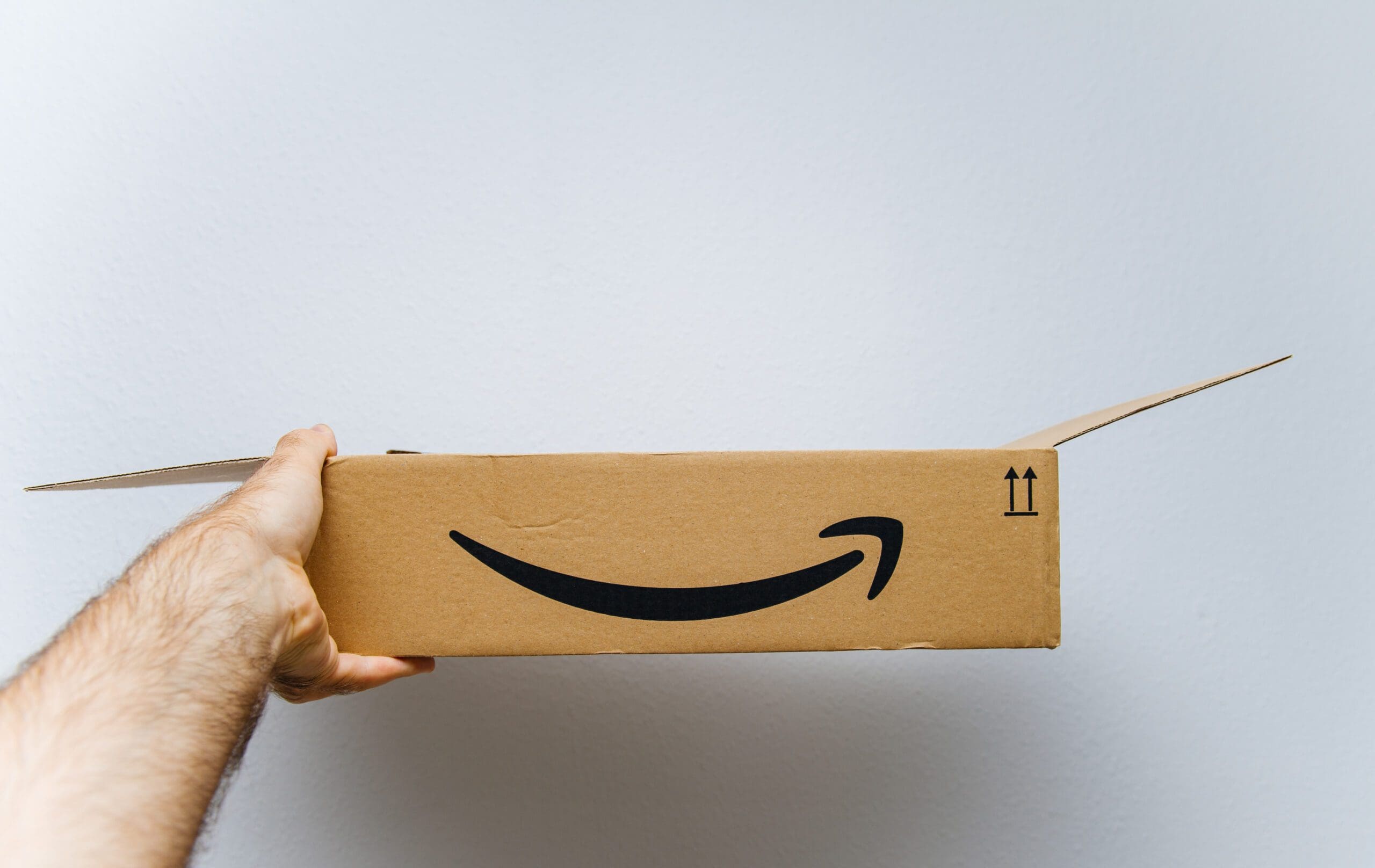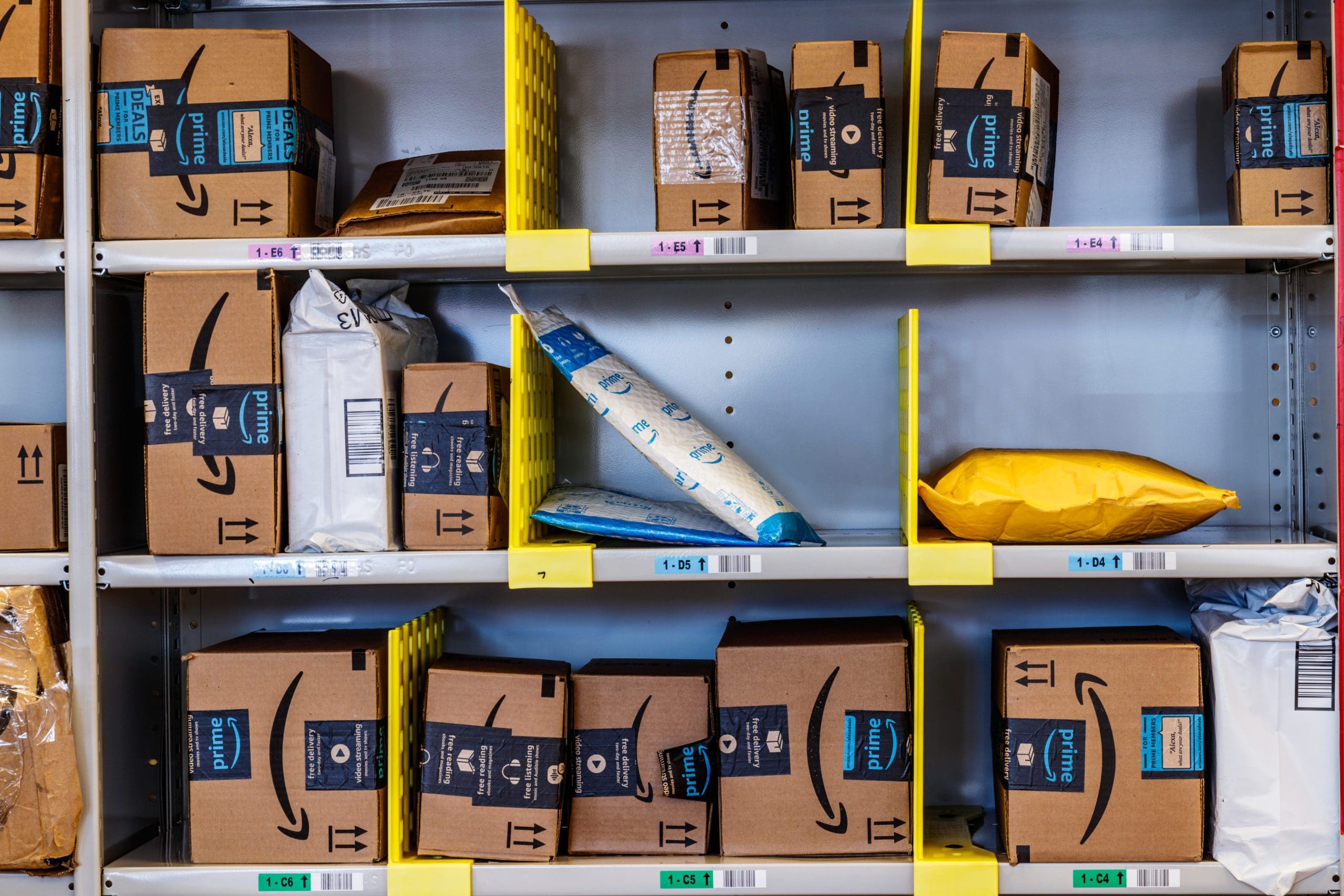Serious Amazon sellers already know that visibility alone doesn’t equal success. You can rank high for the right keywords, optimize your listings for search, and drive tons of impressions, yet still fall short of the one metric that matters most: conversion rate.
Amazon is highly competitive simply because customers can compare dozens of similar products with a single click, and that’s why conversion rate optimization (CRO) is what separates average sellers from category leaders.
Let’s unpack the strategies, data points, and psychology behind Amazon CRO, and how you can use them to maximize sales and long-term growth.
How Does Amazon Conversion Rate Optimization Work?
At its core, Amazon conversion rate optimization (CRO) is about turning browsers into buyers. It’s the process of refining every element of your product listing, from images and titles to reviews and pricing, to increase the percentage of shoppers who purchase after landing on your page.
Unlike traditional website CRO, Amazon’s system operates within a closed, algorithm-driven ecosystem. That means your conversion rate doesn’t just affect your sales; it directly influences how prominently your product appears in search results. Amazon’s algorithm (often referred to as A9 or A10) measures how efficiently your listing converts impressions into purchases, and then uses that data to decide where your product ranks.
In simple terms:
- A listing that converts well gets more organic visibility.
- More visibility brings in more traffic.
- More traffic drives more conversions.
How To Improve Your Conversion Rate On Amazon
Unlike Google, where the goal is to drive clicks, Amazon’s ecosystem is built entirely around driving sales. Every algorithmic decision from ranking to advertising visibility is influenced by your ability to convert impressions into purchases.
Amazon’s A9 (and newer A10) algorithm rewards listings that convert well. The better your product’s conversion rate, the higher your product ranks for relevant searches, creating a self-reinforcing loop:
Higher conversions → better rankings → more visibility → more conversions.
Now that you know how CRO works, it’s time to put some practical strategies for it into action. Here’s what you can do:
Optimize Your Listing’s “First Impression” Elements
When a shopper lands on your product page, they make a buying decision in seconds. These elements have an outsized impact on that decision:
- Main Product Image: Your main image must be crisp, high-resolution, and immediately communicative. Avoid clutter. The product should occupy 85% of the frame on a white background. Test variations using Amazon’s A/B testing tool (Manage Your Experiments) to determine which version drives the most clicks and conversions.
- Title Optimization: Your title boosts discoverability and establishes product relevance. Include primary keywords naturally while maintaining readability. For example: “Stainless Steel Insulated Water Bottle – 32oz Leakproof Sports Flask with Straw Lid – BPA Free.”
- Price Anchoring: Pricing influences perceived value. If you’re priced slightly higher than competitors, justify it through clear differentiators in the title or images, such as “premium” or “eco-friendly.”
- Bullet Points That Sell, Not Just Describe: Bullet points are prime real estate for conversion-driving copy. Each one should address a pain point, present a solution, and reinforce a benefit. For example, instead of: “Made from durable stainless steel”, try: “Built to last. Our double-walled stainless steel keeps your drink cold for 24 hours, so you stay refreshed all day.”
Think of each bullet as a mini advertisement aimed at removing objections and reinforcing value.
Earn (and Protect) Social Proof
Reviews remain one of the strongest conversion levers. A listing with 4.5+ stars and over 50 reviews dramatically outperforms one with fewer than 10. But quantity isn’t enough: sentiment and recency matter too. Encourage legitimate reviews through post-purchase emails and the “Request a Review” button in Seller Central.
Managing negative reviews proactively is just as important, though, as even a single 1-star review can impact your conversion rate. If you find yourself dealing with unfair or policy-violating feedback, it’s essential to understand Amazon’s process for reporting and removing negative reviews to protect your brand reputation.
Leverage Enhanced Brand Content (A+ Content)
A+ Content (for Brand Registered sellers) transforms your product page from a text-heavy listing into a visual experience. Use it to:
- Tell your brand story
- Compare your product line with visual charts
- Use high-quality lifestyle imagery to show real-world use cases
- Use modules strategically: not to fill space, but to emphasize why your brand is the better choice.
- Use Data to Guide Optimization Decisions
Data is the lifeblood of conversion optimization. Amazon provides a wealth of insights through Brand Analytics, Business Reports, and Search Query Performance.
Key metrics to monitor include:
- Unit Session Percentage (USP): Amazon’s version of conversion rate
- Sessions: How many times customers viewed your listing
- Buy Box Percentage: The share of time your offer wins the Buy Box
- Customer Reviews and Feedback Trends: How shoppers perceive your product over time
Use these metrics to pinpoint drop-offs. For example, if your sessions are high but conversions are low, the issue is likely with your listing’s persuasion elements or pricing.
Experiment with A/B Testing
Amazon’s Manage Your Experiments tool allows you to test two versions of your title, main image, or A+ Content simultaneously. Run tests for at least 4 to 6 weeks to reach statistical significance.
Start with the highest-impact variables:
- Main image
- Title
- A+ content layout
- Price
Even small improvements can compound into massive sales gains over time.
Optimize for Mobile Shoppers
Over 70% of Amazon’s traffic now comes from mobile devices. That means your listing has to be thumb-friendly: scannable, visually engaging, and concise.
- Front-load critical keywords in titles since mobile truncates text
- Ensure infographics are readable on smaller screens
- Keep bullet points short and impactful
A desktop-optimized listing that doesn’t perform well on mobile can silently bleed conversions.
Improve the Post-Purchase Experience
Amazon also tracks performance metrics like return rates, delivery satisfaction, and customer feedback, all of which influence visibility.
To sustain high conversion rates:
- Use accurate product descriptions to set expectations
- Monitor and respond to customer questions promptly
- Follow up with thank-you emails or educational content about the product
Happy customers leave better reviews and are more likely to buy again, which feeds back into your CRO efforts.
Conclusion
Amazon conversion rate optimization is a continuous process of testing, measuring, and refining. The best sellers treat their listings like living assets: always improving copy, imagery, and trust signals based on what the data (and customers) reveal.
Start by tightening your listing fundamentals, protecting your review profile, and using A/B testing to eliminate guesswork. Over time, these improvements create the compounding effect every seller dreams of: a cycle of visibility, trust, and unstoppable sales momentum.
This blog was written by our partner TraceFuse. TraceFuse is the only AI-driven solution that detects negative reviews outside Amazon’s policies and guidelines.







